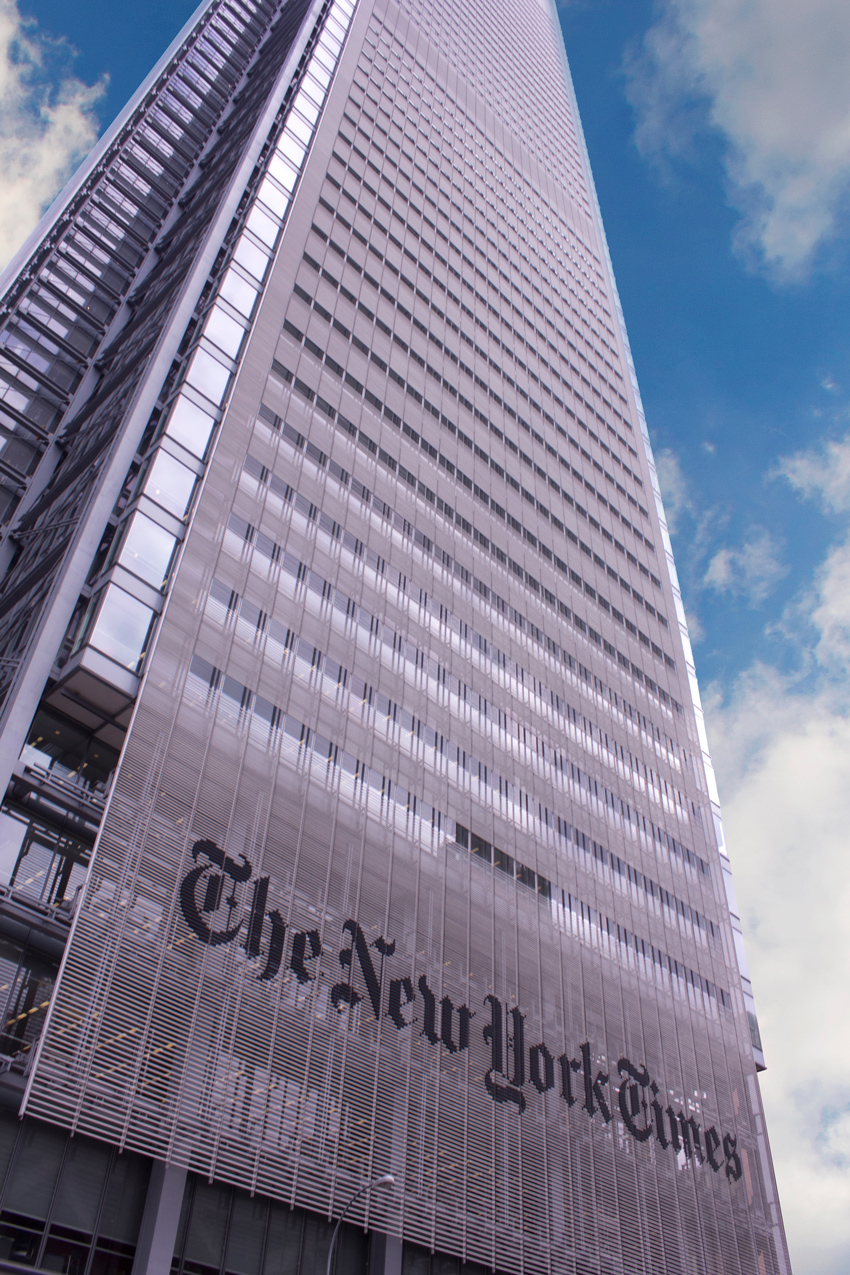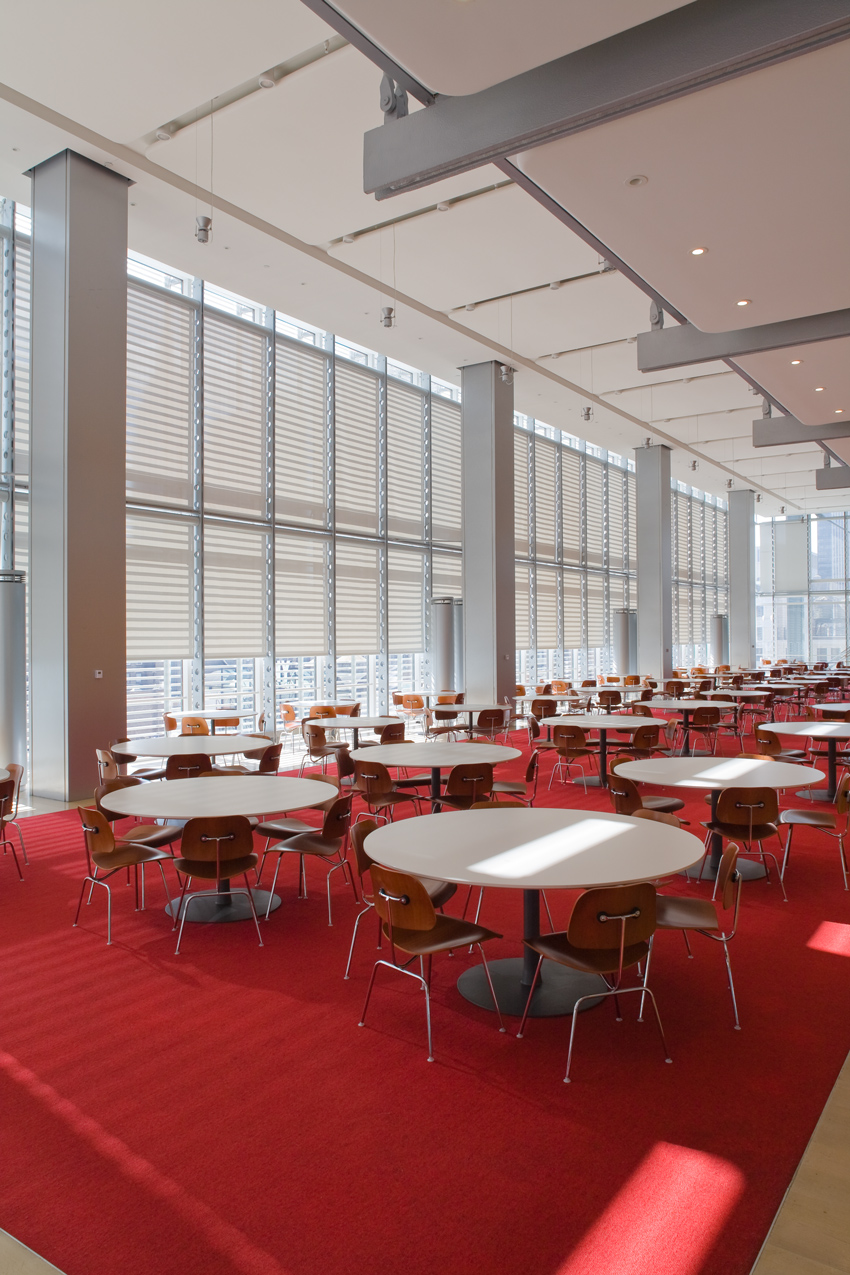Advancing the Daylighting Discussion
Daylighting Best Practices
There are resources that help to guide designers seeking to effectively harness daylight and include it in the built environment. One of the most renowned may be the previously mentioned Recommended Practice for Daylighting Buildings (RP-5-13) published by the IES in 2013. This guide includes very high-level recommendations for incorporating daylight into the interior and provides information about existing and then-emerging technologies for consideration.
It is interesting to note that the foreword of RP-5-13 explains that its recommendations are limited by the strong contextual dependency of good daylighting design. It recognizes that the relationship between the sun’s position and a building is unique to that building. The immediate environment of any building, in terms of potential reflections that it may receive or shadows that may fall upon it, is also unique to any singular project. The daily weather or climate, which determines if the space has a propensity for direct beam sunlight or spends more days under overcast skies, also plays an important role in prescribing an effective daylighting strategy, as does the use of the interior space and the ultimate goals of the project.
With this in mind, perhaps one of the best references from which to cull best practices is a project that successfully incorporated daylighting and was extensively studied prior to and post occupancy.
Daylighting Lessons from The New York Times Building
The headquarters of The New York Times Corporation is a 52-story, 800,000-square-foot office tower located in Manhattan, New York. Designed to convey a transparency that is paramount in respected and trustworthy news organizations, the facade of the building is an ultra-clear, low-iron glass clad in white ceramic tubes. An automated shading system was specified to manage glare and prevent direct solar heat gain from affecting occupants, while maximizing the amount of time that the shades spent retracted to allow as much usable daylight into the space as possible and to provide unobstructed views of the city as often as possible. The electric light system recognizes the daylight that the automated shading system allows into the space and responds accordingly, reducing electric light levels when sufficient daylight is present. Although not physically integrated, the shading and electric lighting systems work together, resulting in a highly effective lighting environment.

Photo courtesy of Carlos Rivera
The headquarters of The New York Times Corporation uses an automated shading system to manage glare and prevent solar heat gain from penetrating the ultra-clear, low-iron glass facade.
The primary goals of the shading system were to maximize the natural light allowed into the space, maximize occupant connectivity with the outdoors, avoid direct solar radiation on the occupants, maintain a glare-free environment, provide occupants with manual override capability, and control the shades on any given facade together so as to maintain a consistent bottom-of-hem height across the window wall, creating a uniform and pleasing aesthetic.
The Automated Shading System
Automated shading is used on more than 22 floors to manage the daylight at the glass facade of The New York Times headquarters. Separated into different zones, the automated shading system is able to tailor the shade position of each zone to best match the needs of each pane (considering orientation, elevation, adjacent buildings, and window geometry) and building occupants throughout the day.
Shades on each facade were linked together with an unobtrusive metal connector piece that moved the joined shades together, saving on motor costs and their installation. The various positions of every shade in a zone were also coordinated so that all bottom hem bar heights were aligned for a pleasing look that met design intent.
Touch-screen override controllers were installed on columns in quadrants throughout the open-plan interior spaces, offering occupants easy access to override the position of the shade-bands, if necessary. The units required a user to indicate a reason for an override, and these motives were captured. It is interesting to note that the review shows that most of the override moves were to raise shades, thereby adding more natural light into a space, even though the automated shading system had lowered shades to protect occupants from direct radiation or overly bright skies or to manage excessive glare.
The automated system combined predictive and responsive controls to continuously and precisely position each shade throughout the day to allow as much daylight into the space as possible, without exposing occupants to glare or solar heat gain. The shading system software used known solar paths to anticipate the changing solar angles between the sun and the facade. Solar radiometers were mounted on the mast to continuously monitor sky conditions and enable the shading system to adjust to cloudy or clear days accordingly. Sensors monitor sky brightness. Photosensors were placed on the interior to monitor the contrast ratio between the window wall and the employee work surface to ensure the illuminance levels in the office space remained balanced and glare-free. The automated shading system also featured brightness override to protect occupant comfort in all daylight conditions and shadow override to raise the shades to maximize the daylight and view available whenever a window zone had been in shadow for 20 minutes or more.

Photos courtesy of PDK Commercial Photographers
The shades at The New York Times Building are programmed to transition throughout the day to manage glare and mitigate solar heat gain, as the position of the sun changes, and maximize the presence of daylight and a connection with the outdoors. Shades shown here at 2:40 p.m., 3:20 p.m., and 5:45 p.m.
The shades were programmed to deploy to predetermined heights throughout the day in a manner that was defined for each unique exposure and elevation to optimize the daylighting performance of the system. For example, at 2:40 p.m., the shades on the south elevation are deployed three-fourths of the way down the window and the shades on the western exposure are deployed one-fourth of the way down the window. Enough ambient daylight is present in the space to satisfy illumination targets, so the electric lights are completely off. At 3:20 p.m., the shades on the western elevation have also lowered to three-fourths of the way down the window and interior lighting is now on at 10 percent. At 5:45 p.m., the sun is below the horizon. Shades on the south and west-facing exposures are fully retracted, providing building occupants with an unobstructed view of the magic Manhattan cityscape. The interior electric lights are on.
The Post-Occupancy Report
The design of The New York Times project was exhaustively studied and tweaked before the building was erected, and the assessments did not stop upon the completion of the building. The Times, in collaboration with the Lawrence Berkeley National Laboratory (LBNL), continued to research and evaluate the performance of the building and systems. In the end, “A Post-Occupancy Monitored Evaluation of the Dimmable Lighting, Automated Shading, and Underfloor Air Distribution System in The New York Times Building” http://eetd.lbl.gov/node/51434 was published by LBNL in January 2013.
At the time of the building’s design and construction, The New York Times Building pushed the boundaries of what was considered possible in terms of automated shading and automated lighting systems utilization. The systems interface with each other via light rather than direct connection. The automated shading system is responsible for managing the daylight, and the automated lighting system either turns off or dims the electric lighting based on the desired lighting requirements within the space. Other sensors for occupancy inform the automated lighting control system as to the presence of people in the space and an underfloor air distribution system works to cool the lower portion of the space. After the year-long study was conducted to verify energy performance, assess occupant comfort and satisfaction with the indoor environment, and evaluate impacts on maintenance and operations, this project is proof that automated daylighting strategies can deliver significant energy savings and maintain an optimal visual environment, supporting productivity and employee morale.
The lighting system was designed to comply with the allowable lighting power density requirement of the ASHRAE 90.1-2001 standard, which allowed 1.3 W per square foot. Daylight-responsive lighting controls, occupancy sensors, and dimming controls were also incorporated into the system to further reduce the use of lighting energy when daylight was available or when rooms were empty. The resulting energy savings was extraordinary. LBNL found that the annual lighting energy savings was 56 percent when compared to a baseline building designed to the ASHRAE 90.1-2001 standard, which mandates scheduled lighting controls.
While it was not possible to isolate the lighting and HVAC energy savings that were directly attributable to automated shading, or to extrapolate what the results of a manual shading system would have been, the automated shading system is credited with maximizing the presence of usable daylight inside the building, enabling the electric lights to be off or lowered as often as possible, and protecting the interior from solar heat gain, which reduced the overall load managed by the HVAC system.

Photo courtesy of PDK Commercial Photographers
The post-occupancy study found that The New York Times Building reduced its annual energy use by 56 percent when compared to a baseline building designed to the ASHRAE 90.1-2001 standard.
This impressive level of energy savings realized by The New York Times Building was accomplished without compromising the comfort or quality of the interior lighting environment. The post-occupancy analysis found that 78 percent of the building occupants were pleased with the overall lighting quality of their workspaces and 61 percent felt that the new lighting contributed to or enhanced their productivity.
The automated shading system also successfully satisfied the design goals that were concerned with maximizing the presence of daylight on the interior and connecting occupants with the outdoors. Data reflecting the movement of the system from a solstice-to-solstice period revealed that the shade bands were fully raised 72.7 percent of the time, an appropriate performance considering the geographical location and climate. The shades were raised, to any height, 95.8 percent of the time, meaning that the occupants of the space were almost always able to look through the window and see some degree of the cityscape beyond their building, while being protected from glare and solar heat gain.









